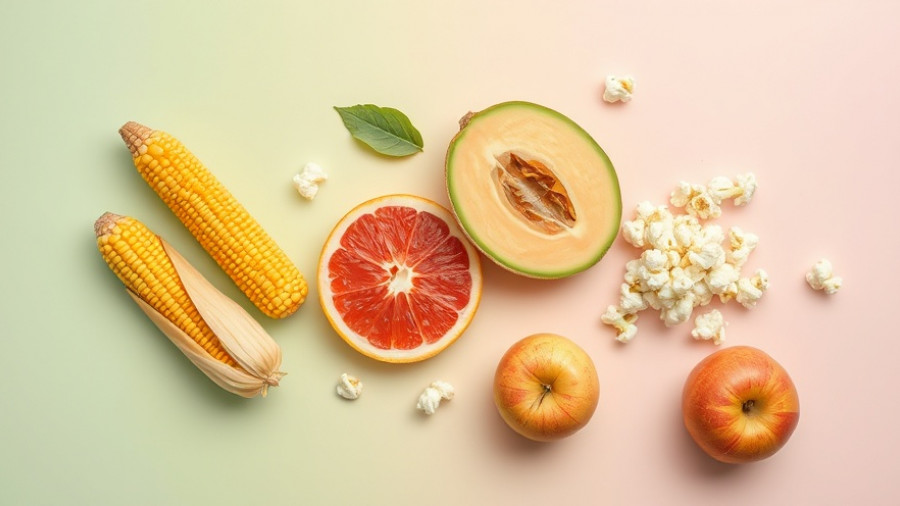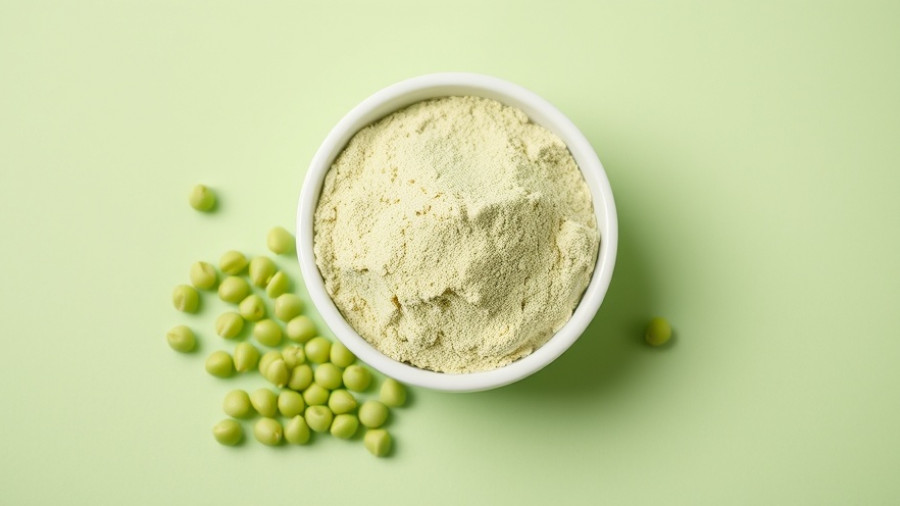
Understanding MASH: A Silent Threat to Liver Health
Metabolic-associated steatohepatitis (MASH) is a condition that flies under the radar but is increasingly affecting many adults, especially those dealing with obesity or related health issues. Unlike typical liver diseases linked to alcohol consumption, MASH stems from the accumulation of fat in the liver, leading to inflammation and, over time, more severe liver damage, such as cirrhosis. This condition is closely tied to wide-ranging issues like type 2 diabetes and high cholesterol, ultimately presenting a significant risk to overall health.
A Revolutionary Development: Wegovy and Its Role in Treatment
The recent FDA approval of Wegovy, an injectable weight loss medication, marks a significant milestone for those battling MASH. By targeting the underlying causes of this chronic liver disease, Wegovy opens up new possibilities for management and healthier living. Dr. Ani Kardashian, an expert in hepatology, expresses optimism about this advancement, noting that prior to Wegovy, treatment options were severely limited, predominantly focused on lifestyle changes and weight management.
How Wegovy Works: The Science of Weight Loss
What makes Wegovy effective? The active ingredient, semaglutide, works by interacting with the brain’s appetite control center. This leads to reduced cravings and a notable decrease in appetite, fostering substantial and sustainable weight loss. An essential aspect is that this weight loss directly benefits liver health—significantly improving insulin sensitivity, decreasing liver fat, and helping to reverse the inflammation characteristic of MASH. A recent clinical trial highlighted that over 63% of participants treated with Wegovy showed improvements in their liver condition, reinforcing the efficacy of this treatment.
Embracing Lifestyle Changes Alongside New Treatments
While Wegovy represents a promising treatment for MASH, it's vital to remember that it isn’t a standalone solution. Nutritional awareness, coupled with regular physical activity, remains instrumental in managing and preventing this disease. The journey toward better liver health requires ongoing commitment to balanced eating and a healthy lifestyle, combining modern medical interventions with time-tested practices.
Living Well with MASH: Tips for Central Ohio Residents
For individuals in Central Ohio grappling with MASH or liver health concerns, it’s crucial to seek out local health resources. Engaging with healthcare professionals for personalized advice is essential. Community programs focused on nutrition and exercise, available at local wellness centers or through online portals, can significantly aid in adopting healthier habits. Empowerment through education is key—understanding your body’s needs can pave the way for making informed choices.
Common Misconceptions About Weight-Related Liver Disease
MASH is frequently misunderstood as solely a result of poor diet or lack of exercise; however, it is more complex and involves genetic, environmental, and metabolic factors. Educating ourselves about these nuances helps to dismantle myths and fosters a more informed approach to health, focusing on preventative measures and effective treatments.
Looking Ahead: Trends in Liver Health Management
The approval of Wegovy signals a shift in how we approach chronic liver diseases. As research progresses, we can expect additional treatment options to emerge, further enhancing the quality of care for those with MASH. Continuous advancements emphasize the importance of addressing obesity and related health issues comprehensively.
Empower Yourself for a Healthier Future
In conclusion, understanding and addressing MASH through medications like Wegovy, combined with healthy lifestyle choices, can lead to better health outcomes. It's time to take action—by prioritizing your liver health, you take a crucial step toward a healthier, happier life.
Whether you’re curious about Wegovy as a treatment option or looking for local resources in Central Ohio, there’s no better time than now to seek help and embrace change. Join community programs dedicated to wellness, consult with healthcare professionals, and take charge of your health journey today.
 Add Row
Add Row  Add
Add 




Write A Comment